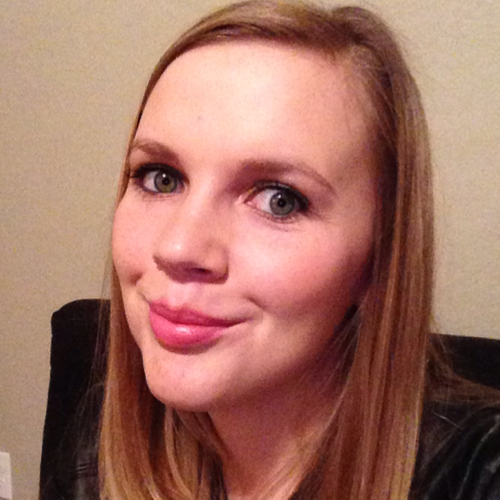

Unlike his predecessors, whose encounters with Polynesians were happenstance, Cook began to wonder what connected people on islands as far apart as Hawai’i, New Zealand and Easter Island. Coincidentally, I started reading the book on the same day – and also coincidentally this is the first year I saw some rather funny memes circulated celebrating “Valentines Day”.Ĭook is central to Caroline Thompson’s history of her inquiry into the origins of Polynesians and Polynesia. Thompson begins at Kealakekua Bay, Hawai’i, the place where, on February 14 1799, British explorer James Cook was killed. Except, as she finds, because of the uncertainties in this area of study, “the story of the Polynesian settlement of the Pacific is not so much as story about what happened as a story about how we know.” This turns out to be far more interesting than it sounds. She is drawn by the exhilarating mystery of it all and by a compulsion to understand her Māori husband and children’s inheritance. These are the questions that have entranced people for three centuries, and the questions Christina Thompson sets out to investigate in Sea People. From Hawai’i to Easter Island to New Zealand, islands separated by at least 7,000 km of water, this part of the Pacific known as the Polynesian Triangle was settled at some point in the past. When Europeans began sailing through the Pacific and encountered people on nearly all the islands they found, they too were struck by this impossibility. It seems impossible that they are inhabited, let alone that people find their way between them.

Play with a map of it and you can’t see the islands unless you zoom right in, and then you can’t see how they relate to each other.

I find the Pacific Ocean kind of unsettling.


 0 kommentar(er)
0 kommentar(er)
